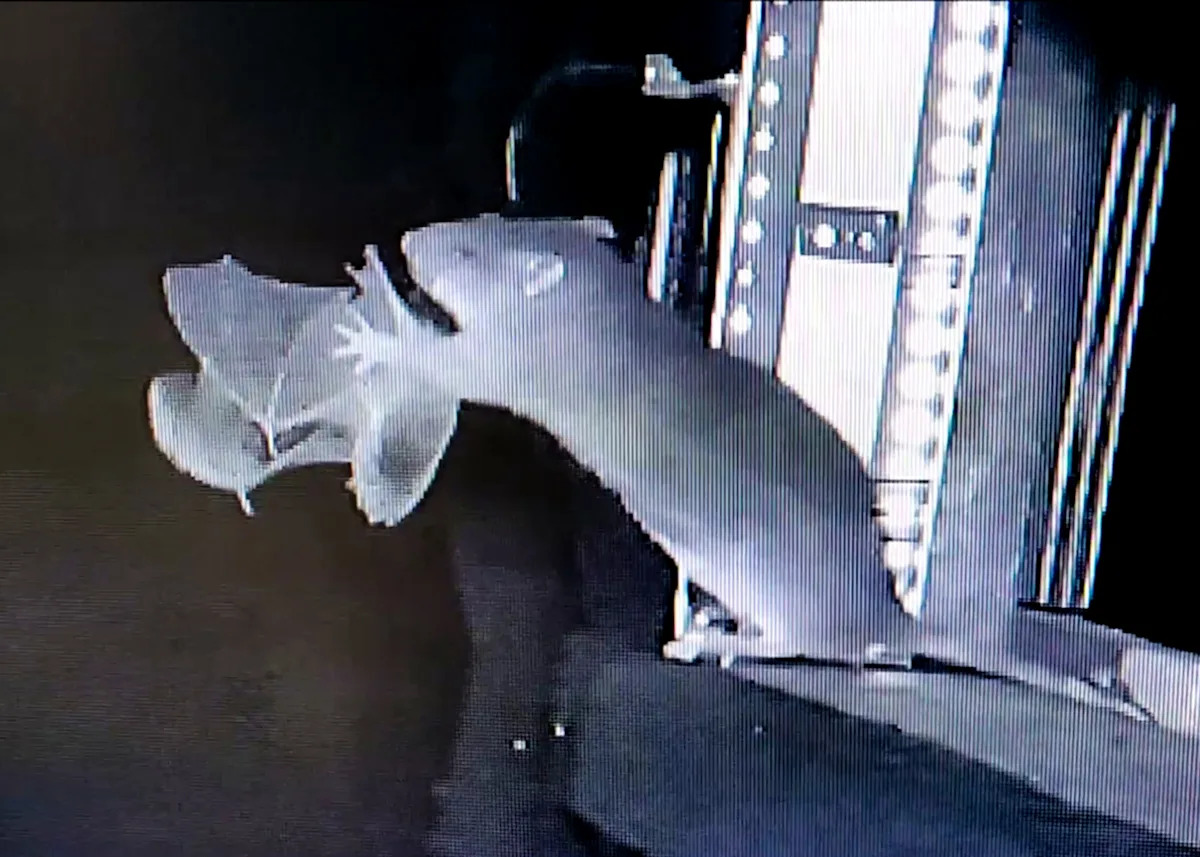Home / Science / Rats Ambush Bats in German Caves, Posing Threat to Urban Bat Populations
Rats Ambush Bats in German Caves, Posing Threat to Urban Bat Populations
9 Nov
Summary
- Rats observed preying on bats in German caves, including caching over 50 dead bats
- Rats using different strategies to intercept bats in flight and target hibernating bats
- Researchers estimate even a small number of rats could kill thousands of bats in a year

In November 2025, researchers in Germany have uncovered a concerning trend of invasive brown rats preying on bats in urban cave hibernation sites. Mirjam Knörnschild, head of the Behavioral Ecology and Bioacoustics Lab at the Museum of Natural History in Berlin, was shocked to capture infrared footage of rats standing upright and plucking bats from the air, then crunching down on them.
Further investigation at another German bat cave revealed even more disturbing evidence, with researchers observing rats "patrolling the entrances and exits of the cave" and finding caches of over 50 dead bats that the rats had stored. Knörnschild and her team realized this was not an isolated incident, but rather an under-appreciated threat to city-dwelling bat populations.
The researchers estimate that even a small number of rats could kill thousands of bats in a single year, exacerbating the already significant pressures bats face from habitat loss, climate change, and disease. Invasive rats have already been responsible for decimating some island-dwelling bat species, and experts warn the same fate could befall urban bat populations if stronger measures are not taken to manage the rodent threat.
While the findings are concerning, the research also highlights the complex and sometimes surprising relationships between bats and their rodent neighbors. At Tel Aviv University in Israel, for example, researchers have observed Egyptian fruit bats strategically adjusting their foraging behaviors to avoid and even fight back against black rats that threaten their young. This behavioral flexibility may allow some bat species to coexist with invasive rodents.
Nevertheless, the overall picture painted by these studies is one of growing concern for the future of urban bat populations. As humans continue to encroach on natural habitats, we risk bringing together sensitive bat species and thriving rodent populations in ways that could have serious consequences for ecosystems and public health. Experts emphasize the urgent need to protect and support our vital bat populations.



